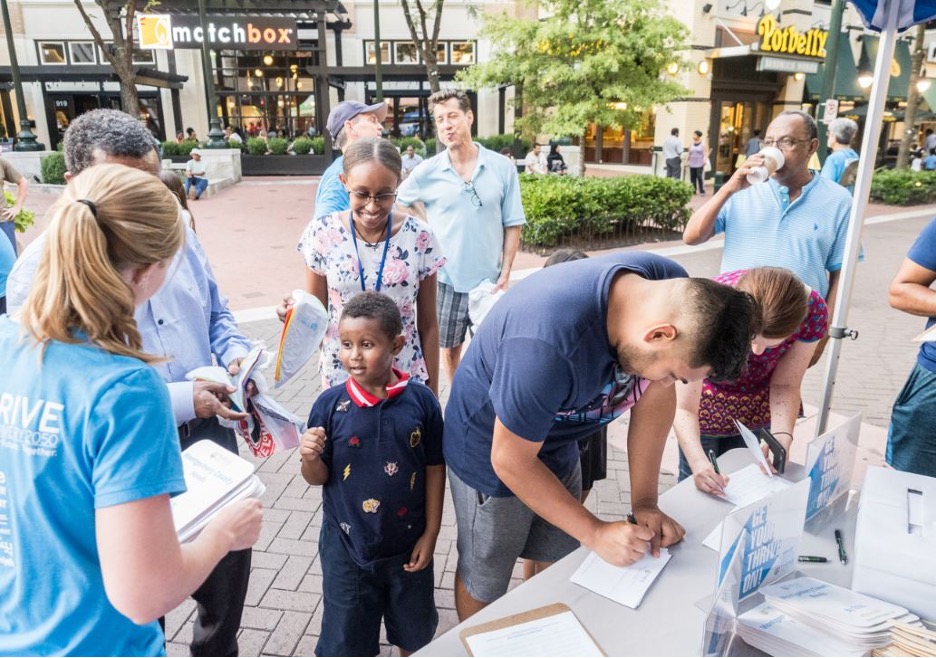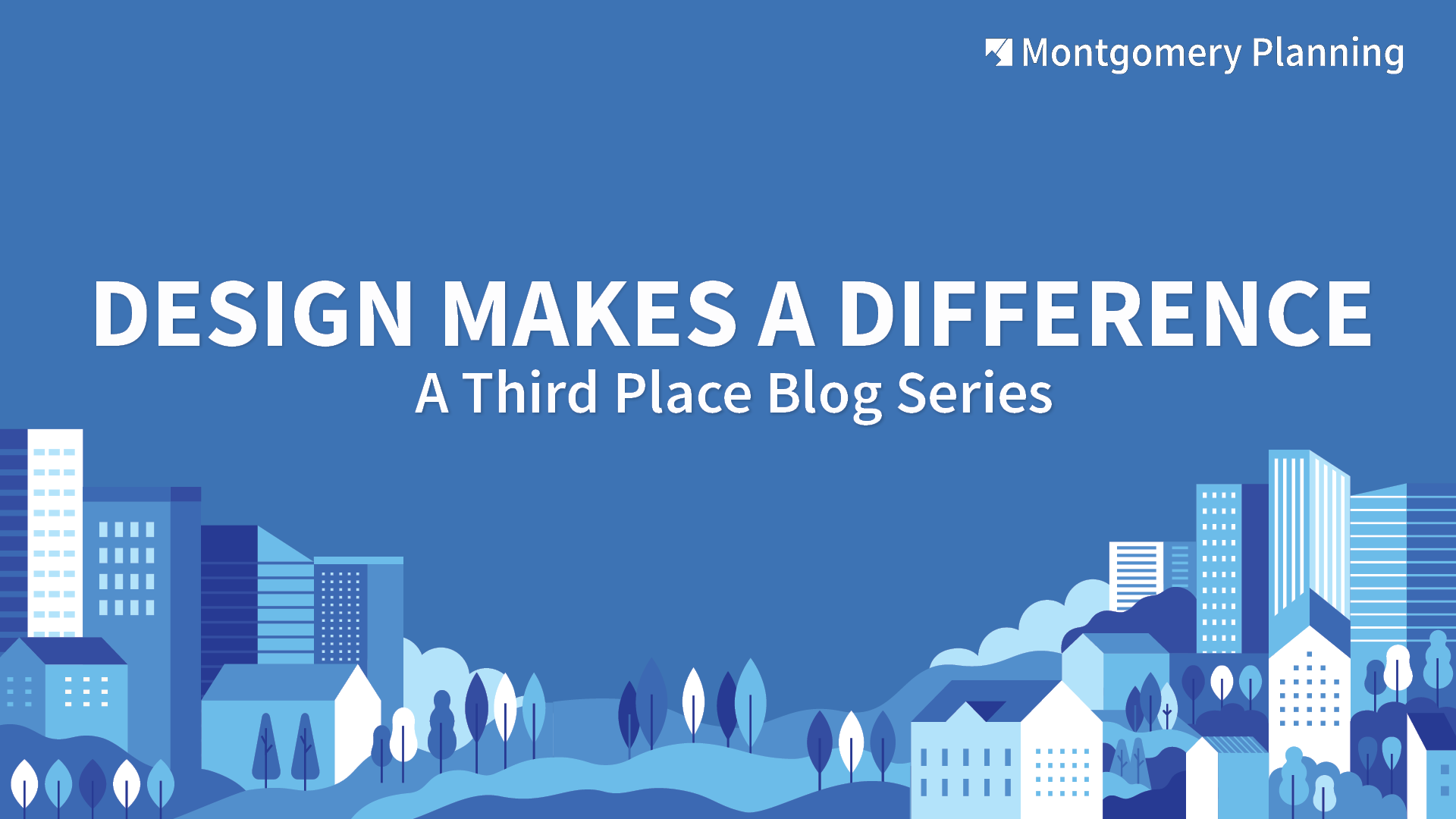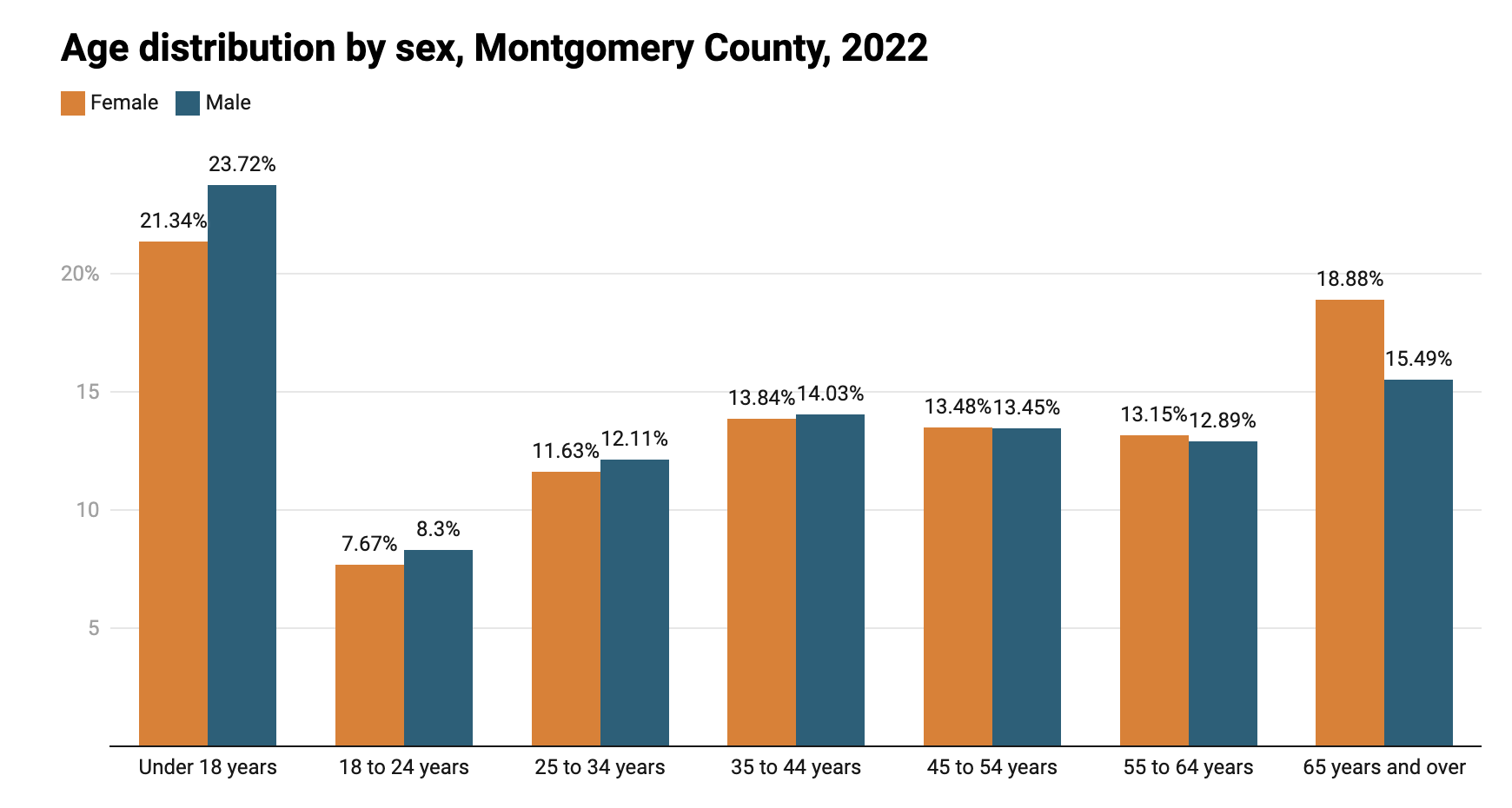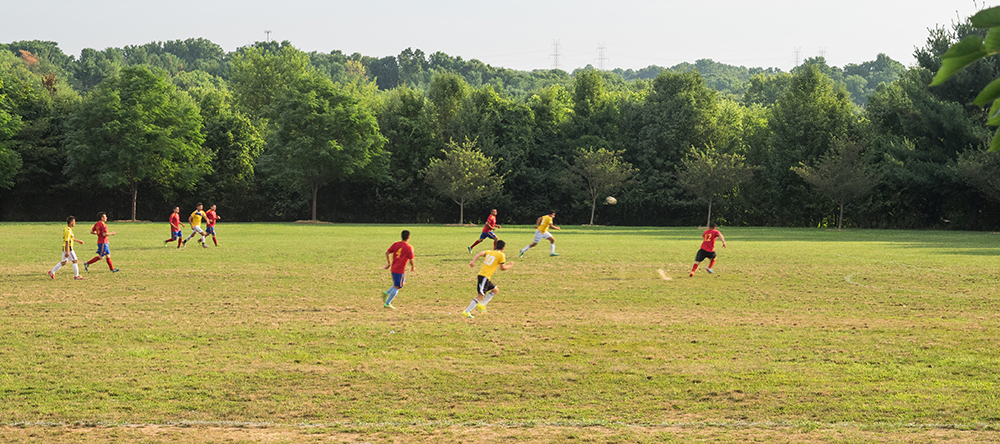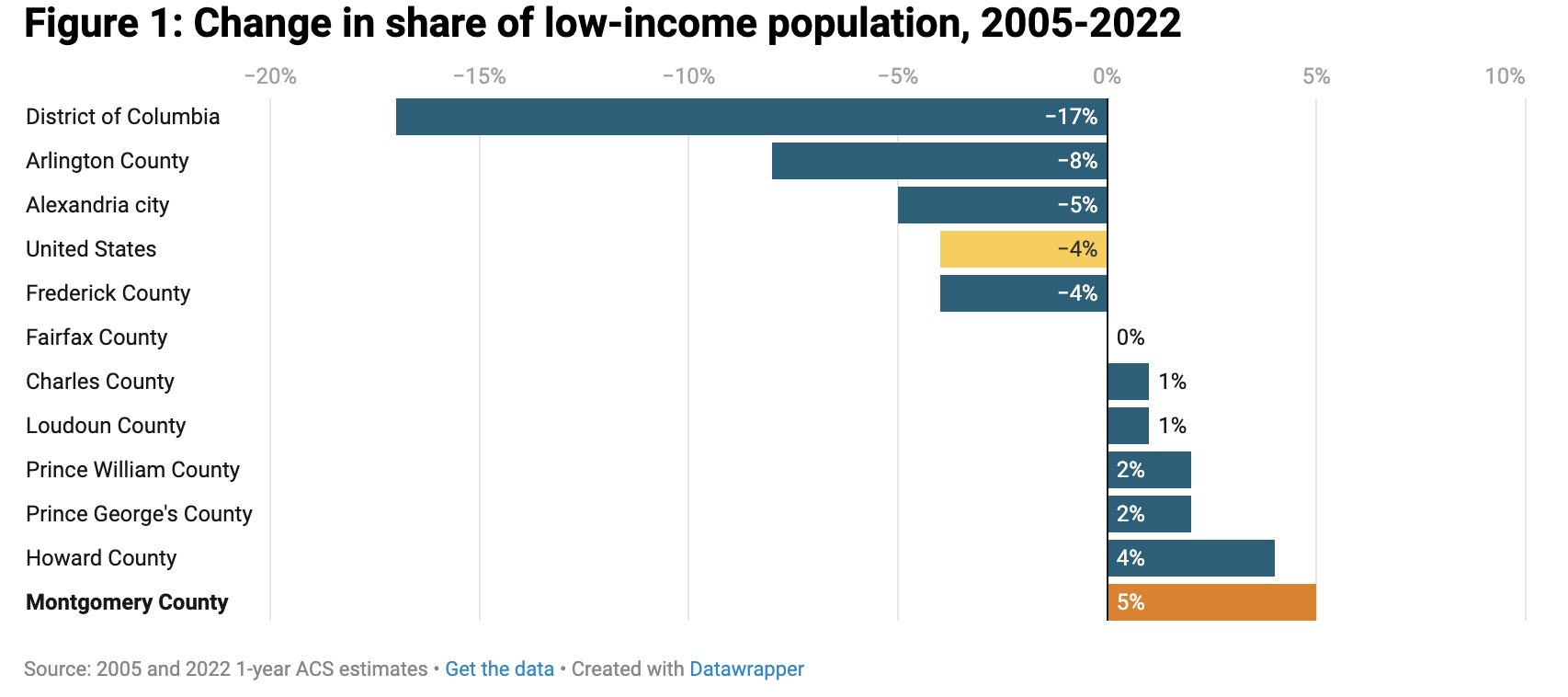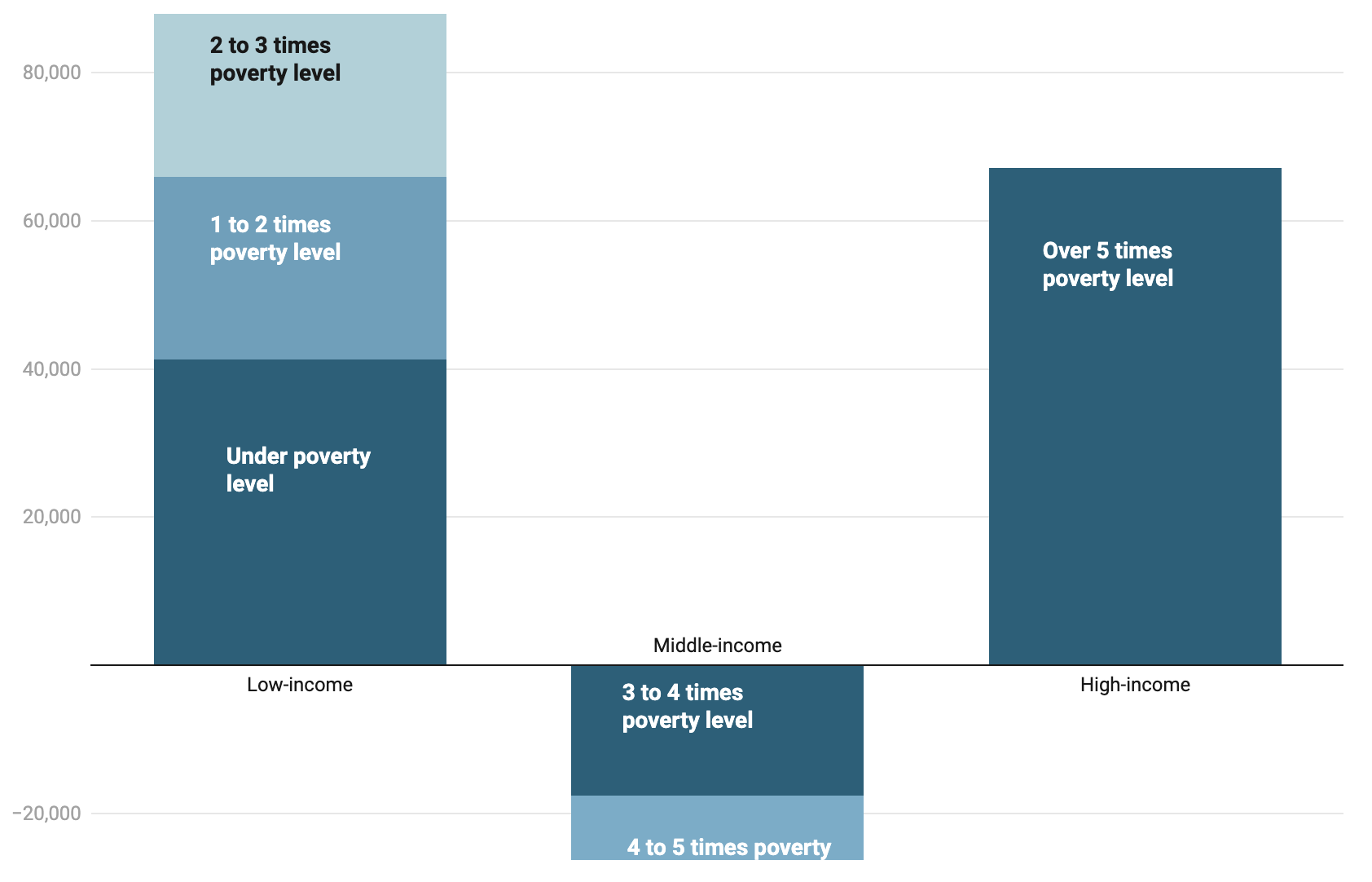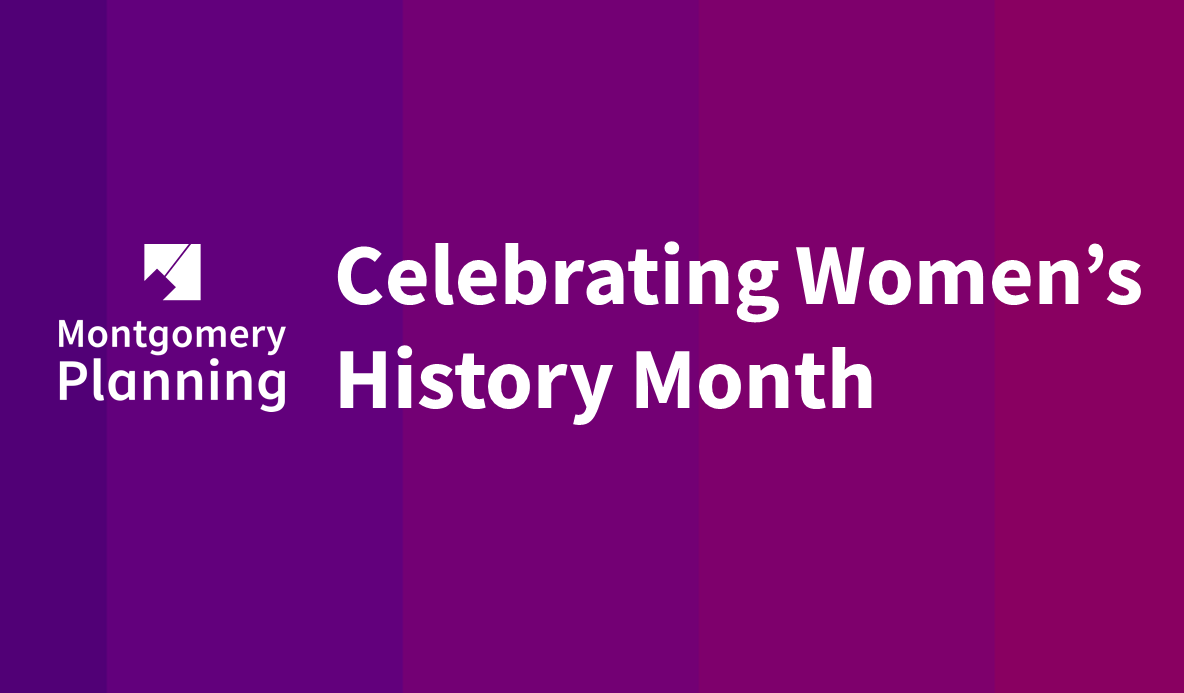
By Artie Harris, Montgomery County Planning Board Chair
Montgomery County has not been immune to the nation’s housing crisis. Addressing this multi-faceted issue requires interventions at every step — from project review through construction.
The Planning Board has sought to accelerate housing development through a variety of avenues. Among the thousands of bills introduced this legislative session, four bills stand out to us that will help us address the housing crisis.
Accelerating early project stages
Accelerating the development review process is one way to help get new residences built in the county.
Two bills, both sponsored by Delegate Lesley Lopez, HB 0989 Montgomery County Subdivision Plats – Conditions and HB 1003 Montgomery County Clerk of the circuit Court – … Continue reading
